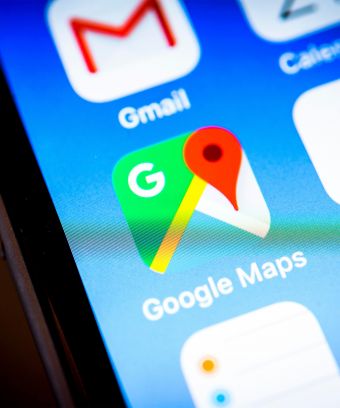Google Maps on iPhone and Android has added several new features to make your commute smoother.
To celebrate the 15th anniversary of Google Maps, Google is rolling out a big update to its planning and navigation app for iPhone and Android that will give you more detailed information about what you’re facing if you use public transportation to get around.
Since its launch in 2005, Google has expanded Maps from a navigation tool to a fuller-featured travel and entertainment service that can help you do everything from make dinner reservations and manage trip itineraries to find EV charging stations along your route.
The update expands Maps’ usefulness for public transit riders, displaying how crowded or hot a route may be, as well as if security is normally present during the trip.
More on Google Maps
Google redesigns Maps app, adds details on public transit safety, accessibility
6 hidden Google Maps tricks you want to know
4 weird ways I use Google Maps every day (that have nothing to do with driving)
Here’s how to use Google Maps’ newest transit features.
Using the new Google Maps transit tools
The new Google Maps update moves forward several useful tools you had to previously hunt for and expands the information it provides you about your public transit trips. Here are Google Maps’ five new tabs and how to use them.
Explore. In the Explore tab, you can discover what’s happening around you and find places to eat and things to do.
Google Maps Update
Google Maps shows displays rider-supplied transit information.
Google
Commute. A holdover from the previous version of Maps, on this tab you can get step-by-step instructions here for your trip — if traveling by car, by transit system, on foot or by bike.
Right now, you can already see how crowded — or empty — your bus, subway, or train will be when you pick your transit line. With the update, you can also see rider-supplied information on which accessibility features are available, what the temperature is like, if there is a women’s-only section or carriage, and if security is present.
Saved. Your saved places used to be buried in the navigation menu in the upper left-hand corner. You can now find those places you’ve saved under the Saved tab at the bottom of the Maps app.
Contribute. The Contribute tab, previously named Your contributions, lets you share reviews and photos of interesting places you’ve visited, add a missing place on the map and suggest edits to the map. If you join Google’s Local Guides program, you can earn points for your contributions and earn rewards such as a free six-month subscription to Google One.
Updates. This new tab is a bit like the older For you tab, letting you see what’s happening around you, with guidance from locals and from publications such as Surface and The Infatuation.
If you don’t have the new version yet, hold on because it is coming: Google tends to push out app updates slowly — over days and weeks. For more about Google’s navigation app, see six hidden tricks for Maps and four ways to use Maps without driving.




